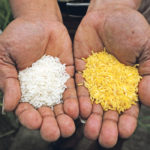Examples of biofortification projects include:
The potential for crop breeding known as biofortification to direct specific nutrients to people who need them the most is “huge,” but it will take a worldwide effort among many organizations to make that happen, says Adam Heurberger, assistant professor of horticulture and landscape agriculture at Colorado State University. Biofortification involves breeding plants with high […] Read more Livestock Management
Livestock Management
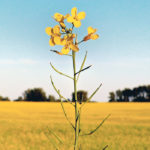
Ban on transfats won’t boost canola much
Dave Dzisiak said there is still room to increase the demand for high oleic oils but it is going to be a tougher slog from here on out. Health Canada recently implemented a ban on partially hydrogenated oils, the largest source of industrially produced trans fats in foods. To the casual observer that would seem […] Read more

Robots join the war on weeds
YVERDON-LES-BAINS, Switzerland/CHICAGO (Reuters) — In a field of sugar beets in Switzerland, a solar-powered robot that looks like a table on wheels scans the rows of crops with its camera, identifies weeds and zaps them with jets of blue liquid from its mechanical tentacles. Undergoing final tests before the liquid is replaced with herbicide, the […] Read more
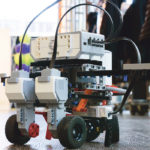
Mini-DOT captures imaginations in a smaller, Lego sort of way
Using the latest in recreational-Lego technology, an Alberta boy builds on cutting-edge autonomous farm technology
CALGARY – The imagination of a farm machinery builder might be surpassed only by that of a kid. Seedmaster founder Norbert Beaujot once dreamed of farm machinery rolling about a field with no one to drive — just working away, efficiently and reliably. The result was the 2017 debut of the DOT, autonomous field platform. […] Read more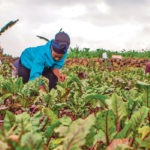
Africa entices youth to farming with technology
RULINDO, Rwanda (Reuters) — Marie Chantal Akingeneye has had no source of manure for her fruits and vegetables since she lost her only cow to an unknown illness, but she hopes a new phone app could help. After attending a training session by the United Nations, which developed the technology, she thinks the app will […] Read more
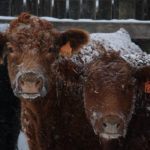
Good cattle prices in Manitoba despite adverse weather in 2018
As 2018 wraps up and Manitoba’s cattle auctions wind down their operations for the holidays, the total number of head sold so far has already surpassed the previous year’s numbers. While there is some optimism in the cattle industry for better numbers in 2019, it comes down to ‘wait and see.’ Going into December, 365,791 […] Read more

Dreams of herd expansion dashed
Cow marketings are up 16 percent in Canada this year, which puts the beef cow culling rate at liquidation levels
Higher than normal numbers of cows and heifers have gone to market this fall, dashing any hopes of growth in the beef herd for another year. Getting rid of females at a time of limited feed supplies because of severe drought and reasonable market prices was the best option for many. “Watching the yearling run, […] Read more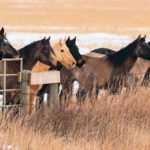
Report calls for standardizing animal welfare rules
OTTAWA — Laws governing animal welfare across Canada are inconsistent, a virtual patchwork quilt of legislation. There are federal livestock provisions within the Criminal Code, transport regulations under the Health of Animals Act, regulations for federal slaughter and for transport and still other regulations for provincial slaughter and transport, to cite a few examples. Those […] Read more
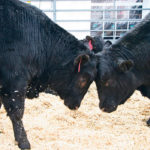
Producers must know how to interpret EPDs
Expected progeny differences can ease bull buying, but producers must first determine their breeding objectives
Using statistics like expected progeny differences can make the job of buying a new bull easier. “Expected progeny differences are the best estimate we have in terms of how a bull or a cow’s future progeny will perform on average compared to that of another potential parent,” said Matt Spangler, beef genetics professor at the […] Read moreThese tips can help improve vaccination programs
Cattle producers pay good money for vaccines and spend a lot of effort developing a sound vaccination program for their farms. As a result, they don’t want it failing because of poor storage or administration technique. Using a cooler to protect product from freezing or thawing is one really good idea. I used the Cross […] Read more

 Livestock Management
Livestock Management